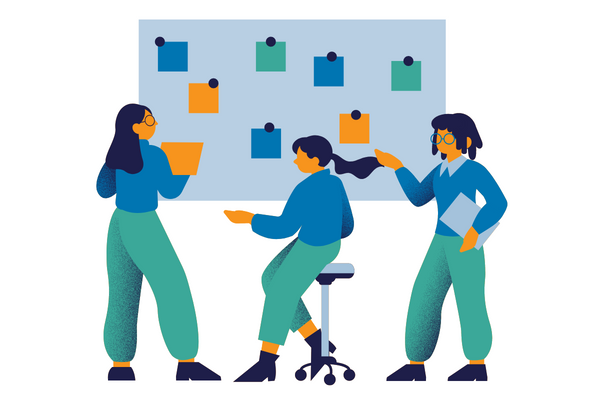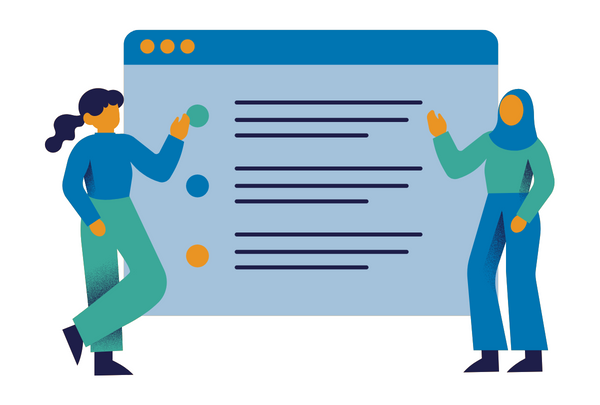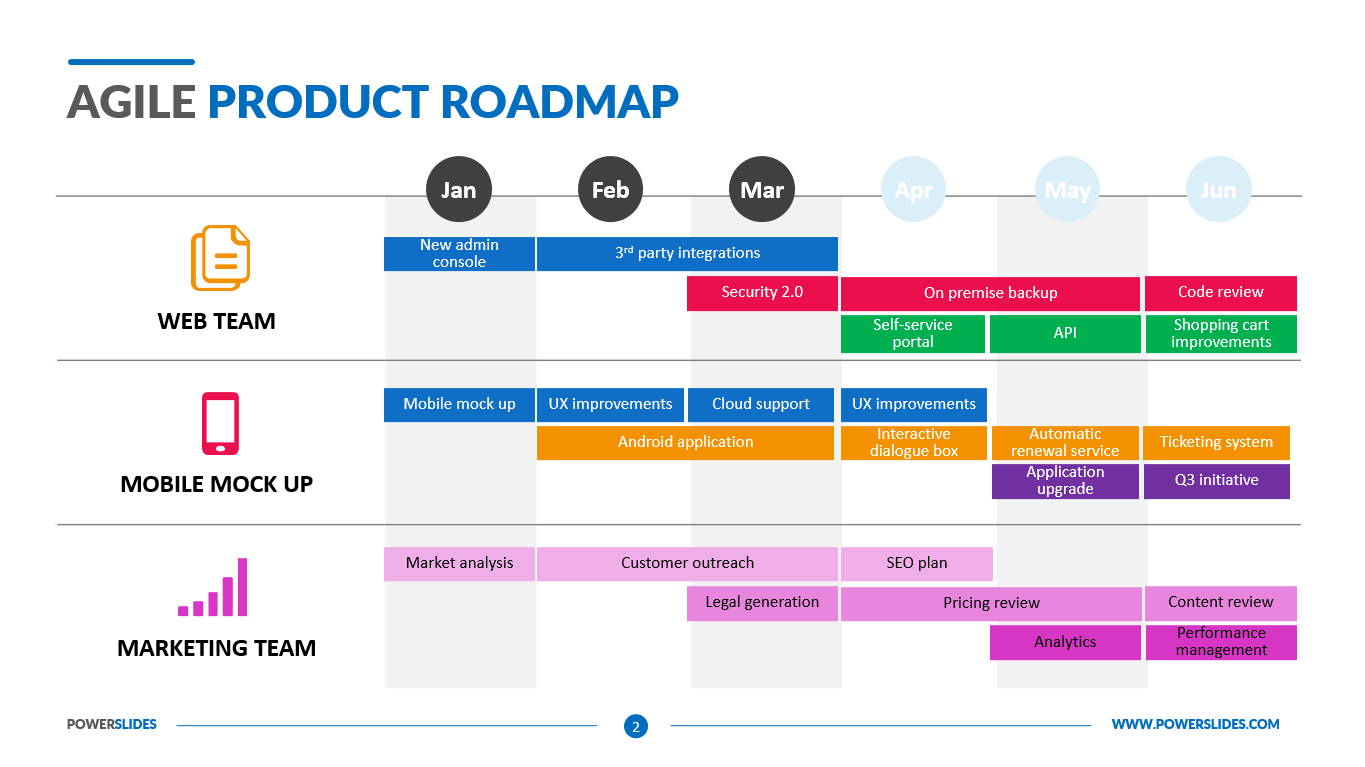Coaching Adaptability: Responding To Change As An Approach In Agile
By Team Lean Agile Intelligence

Responding To Change As An Approach In Agile
Coaching adaptability or the ability to help teams when responding to change is an essential aspect of agile project planning, which can help organizations to enhance their efficiency and success rates. Recognizing responding to change as an approach in agile, coaches can use that and various techniques to help teams identify their strengths and weaknesses and improve their planning and execution capabilities.
In this blog post, we will explore the foundational techniques that coaches can use to help teams develop adaptability skills. We will also discuss how coaches can further improve their coaching adaptability skills to help organizations adapt to changing circumstances and achieve their goals. To obtain a comprehensive understanding of your coaching process status, we recommend availing yourself of our free agile assessment for Scrum Masters and Agile Coaches.
Coaching Adaptability and The Learning Journey
At Lean Agile Intelligence, we recognize Coaching Adaptability as the individual's ability to create an environment that can respond to change. We divided the learning journey into 4 different stages: Developing, Emerging, Adapting, and Optimizing. In the following sections, we will discuss each stage in detail as well as provide practical tips and techniques to help you strengthen your skills in this area. Our goal is to help you become a highly effective Agile Coach who can guide your team and stakeholders to navigate through any changes and challenges they may face. By mastering the principles and techniques of Coaching Adaptability, you can help your team and organization adapt to changing circumstances and achieve their strategic goals while fostering a culture of continuous improvement.

Source - The Complete Beginners Guide to Agile Project Planning
Developing
An Organization “developing” an understanding of the value of Coaching Adaptability and adopting the foundational techniques should focus on the following improvements:
-
The What: Teaches effective iterative planning techniques ( i.e, sprint planning, daily standup) so people can adjust plans to achieve their goals
-
The How: The five levels of planning are a core fundamental skill of any agile coach. We have written an in depth blog post about sprint planning that can help with helpful resources and ideas for improving a sprint planning that can be found here
-
-
The What: Teaches about different iterative cadence-based planning (i.e., Sprints, PI) techniques to set goals, manage variability, and enable change
- The How: We have written an in-depth blog post on the daily standup which can be found here.

Emerging
An Organization “emerging” beyond the foundational techniques of Coaching Adaptability and embracing it as they become more proficient should focus on the following improvements:
- The What: Coaches teams to only have a small portion of their backlog committed
-
The How: As a coach, ensuring that a team only commits to a small portion of the backlog and has the flexibility to pivot to the most important things is crucial for the teams to be adaptable and responsive to changing requirements. Having regular review and adjustment sessions such as facilitating backlog refinement and encouraging time-boxed iterations can help ensure that only a small portion of the backlog is committed.
-
- The What: Coaches techniques to prevent them from over-committing
-
The How: Teams should also look at the amount of work completed in previous sprints and use that as a gauge to determine their team’s capacity going forward. This is commonly called “velocity” and it’s meant to be used for capacity planning and forecasting for the future. Some teams choose to consider the individual capacity of team members to determine if the goal is achievable. These two approaches are complementary when used together. Ultimately it’s up to the team to decide what approach is best and use their own team performance to make that determination.
-
-
The What: Teaches techniques (i.e., Outcome-Driven Roadmaping) that keep the focus on the outcomes of deliverables, not the deliverables themselves
-
The How: Here are some examples of techniques that coaches could use to keep focus on the outcomes of deliverables rather than the deliverables themselves:
-
Outcome Mapping: Coaches can teach teams the practice of Outcome Mapping, which involves defining the desired outcomes or impacts of a project or initiative before determining the specific deliverables or tasks to achieve those outcomes. Coaches can guide teams in identifying the desired outcomes, such as improved customer satisfaction, increased revenue, or enhanced user experience, and then working backward to determine the most effective ways to achieve those outcomes through a strategic roadmap. This approach ensures that the team's efforts are aligned with the desired outcomes, rather than just focusing on the deliverables themselves. "Outcome Mapping: Building Learning and Reflection into Development Programs" by Sarah Earl, Fred Carden, and Terry Smutylo is a great book to read more about Outcome Mapping.
-
Impact Mapping: Coaches can teach teams the practice of Impact Mapping, which is a strategic planning technique that helps teams define the outcomes they want to achieve and map the necessary deliverables or tasks to those outcomes. Coaches can guide teams in identifying the key impacts or outcomes they want to achieve, clarifying the actors or stakeholders involved, defining the deliverables or outputs that are needed to achieve those outcomes, and then prioritizing the most impactful deliverables based on the outcomes.
-
Outcome-Driven Roadmapping: Coaches can teach teams the practice of Outcome-Driven Roadmapping, which involves creating a roadmap that focuses on the desired outcomes or impacts, rather than just listing out specific features or deliverables. Coaches can guide teams in defining the desired outcomes or impacts they want to achieve, prioritizing those outcomes based on value or impact, and then determining the most effective ways to achieve those outcomes through a roadmap that highlights the outcomes rather than the deliverables themselves. This approach ensures that the team's focus remains on the desired outcomes, rather than just getting bogged down in a list of deliverables.
-
-
* * * * * *
"Ultimately it’s up to the team to decide what approach is best and use their own team performance to make that determination."
* * * * * *
Adapting
An Organization that is “adapting” the Coaching Adaptability practice to extract the full benefit should focus on the following improvements:
-
The What: Teaches dynamic funding methods (i.e., Lean Portfolio Management) to enable change at the portfolio level
- The What: Leverages the use of probabilistic forecasting models (i.e., Monte Carlo) to help with iterative planning and capacity constraints
-
The How: Monte Carlo simulation is a statistical method that uses random simulations to model and analyze uncertainty in complex systems. It can aid in capacity planning, iteration planning, risk management, and decision making by estimating potential outcomes, assessing risks, and providing probabilistic insights. It can help estimate resource requirements, evaluate iteration completion times, assess risks and impacts, and support decision-making by generating probabilistic outcomes for different options. Monte Carlo simulation is a valuable tool for understanding and managing uncertainty in various domains.
-

Source - Agile Product Roadmap
Optimizing
An Organization “optimizing” knowledge sharing of the Coaching Adaptability practice learnings across the enterprise should focus on the following improvements:
-
The What: Teaches and shares advanced Adaptability techniques outside of those they directly support (i.e., Communities of Practice, Workshops, Mentoring)
-
The How: Agile coaches are continuous learners that bring new ideas to the people they coach. We recommend utilizing the agile coach competency framework by the Agile Coaching Institute to help develop your own learning plan in conjunction with the Lean-Agile Intelligence Agile Coach assessment.
-
* * * * * *
"It’s critical that all team members understand not only what they are building by why they are building it."
* * * * * *
Conclusion
Coaching adaptability is a vital aspect of agile project planning, and the learning journey discusses the foundational techniques that coaches can use to help teams enhance their planning and execution capabilities. As organizations become more proficient in agile methodologies, they can focus on improving their coaching adaptability skills by developing new techniques to enable effective cross-team release planning, managing dependencies, and aligning product roadmaps with organizational strategies. By adopting coaching adaptability and continuous learning, organizations can build a culture of agility and enhance their overall efficiency and success rates. If you are interested in the holistic view of your current coaching status, you can take our free agile assessment for Scrum Masters and Agile Coaches.